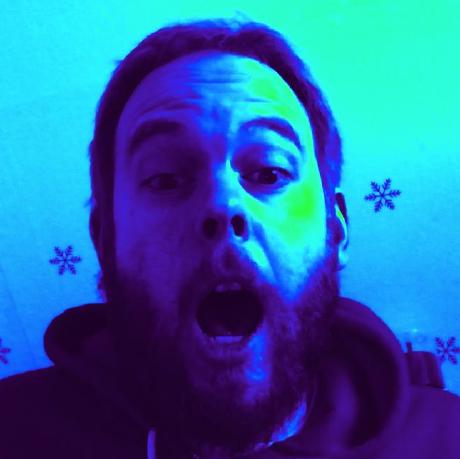jan.bio
TMRA 2008 - Topic Maps research and applications
This year was the third time I attended the TRMA conference in Leipzig, Germany. As always, the conference was a lot of fun. Most of the usual suspects were attending this years conference, but I also met some new members of the community.
On Wednesday, I attended Lars Heuer’s tutorial on CTM, or Compact Topic Maps. CTM is a text-based notation for representing Topic Maps. There have been a lot of changes to the syntax in the past, but now the CTM syntax seems quite stable. In contrast to XTM, CTM aims to be human-readable, and it is comparable to the N3 syntax in the RDF world. One of the features that similar formats (e.g. LTM - Linear Topic Maps Notation) are missing, is templates - a fancy way of creating text macros. If you want to read more about CTM, you should take a look at Lars Marius’ CTM tutorial. Some of the language features, especially the templates and the include mechanism were point of a lot of discussion. I have plans to write more about this in a later blog post.
During Lars’ CTM presentation, Reidar and I created a syntax highlighter for emacs and vim. They are still pretty basic, but writing CTM is more fun with the colors in place in your favourite text editor.
The next day, the conference started for real. After being stamped as crazy in Alexander Johannesens keynote titled We’re all crazy - Subjectively speaking, we were in the right mood for two days and nights of Topic Maps discussions. As always, I had decided to follow the more technical tracks, even though some of the case studies sounded quite interesting. Part of the first session was a talk by Robert Barta, who spoke about a file system for Topic Maps. With his FUSE-based Perl program, he showed us how to “mount” a topic map as a file system. I heard about this project for the first time at the Topic Maps 2008 conference in Oslo, and it was interesting to see a live presentation.
In the next session, Alexander Mikhailian, Rani Pinchuk, and Xuan Baldauf presented a proposal for XTM 3.0. The format is more compact than XTM 2.0 (or even 1.0), so parsing would surely be more efficient. I agreed with some of the proposed features, but I think that our community is not mature for yet another file format for Topic Maps. There are still a lot of engines with XTM 1.0 support around. However, it’s quite useful to have the ideas of XTM 3.0 in mind when implementing stuff. After that, Hendrik Thomas presented a proposal for a graphical notation for Topic Maps. The requirements included that the notation should be able to be read with a bad handwriting using a half-full pen on a dirty white board (see the paper for details). Fortunately, everybody got a copy of the GTMalpha quick reference (btw, is the quick reference available as a PDF?), so I can still look up the notation. Lars Marius has also written a blog post about GTMalpha–with comments by Rani Pinchuk.
This was the first TMRA conference with a “Topic Maps Coder Challenge”. The challenge was announced far too late, and the organizers clearly understood the criticism, and so they promised to announce the next challenge a bit earlier. The goal of the challenge was to implement the “Protocol for the Syndication of Semantic Descriptions”, which is based on, well, Topic Maps and ATOM. Due to the short notice only one proposal was submitted, so Lars Heuer won the first price.
After the coder challenge it was time for the popular open space sessions. The session started with my short presentation of libtmrm, a Toipc Maps engine written in C. The project is still in its start-up phase, but I have been implementing more features in the past weeks. I promise to write more about libtmrm over the next weeks, but right now it’s more important to implemented the missing features for the first public version.
[This is placeholder for a description of day two: more interesting talks, libtmrm discussions, a social event, and more…]
All in all, it was a great conference. I really enjoyed the social part of the conference, but the program was not bad either. It’s a pity that some of the announcements, such as the coders challenge and the extended deadline for paper submission, were made far too late, otherwise I’d probably been able to contribute. Still, I’m looking forward to the TMRA 2009!
